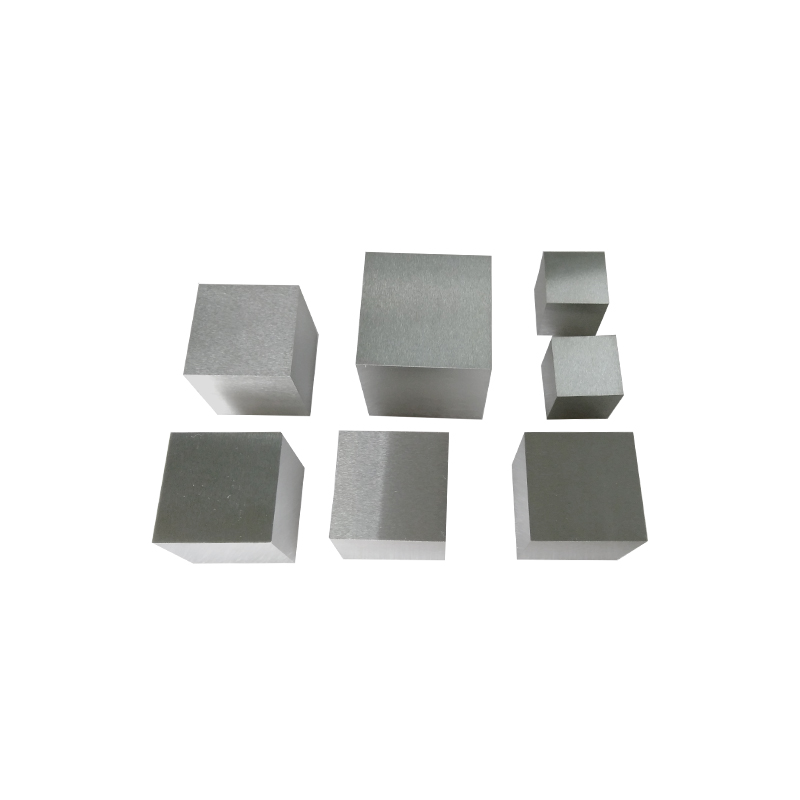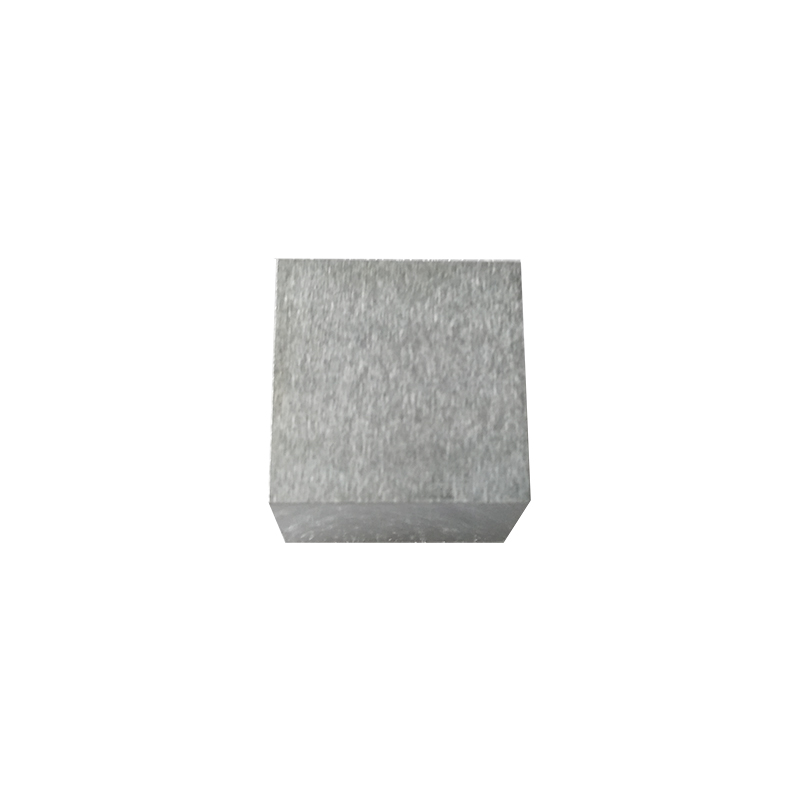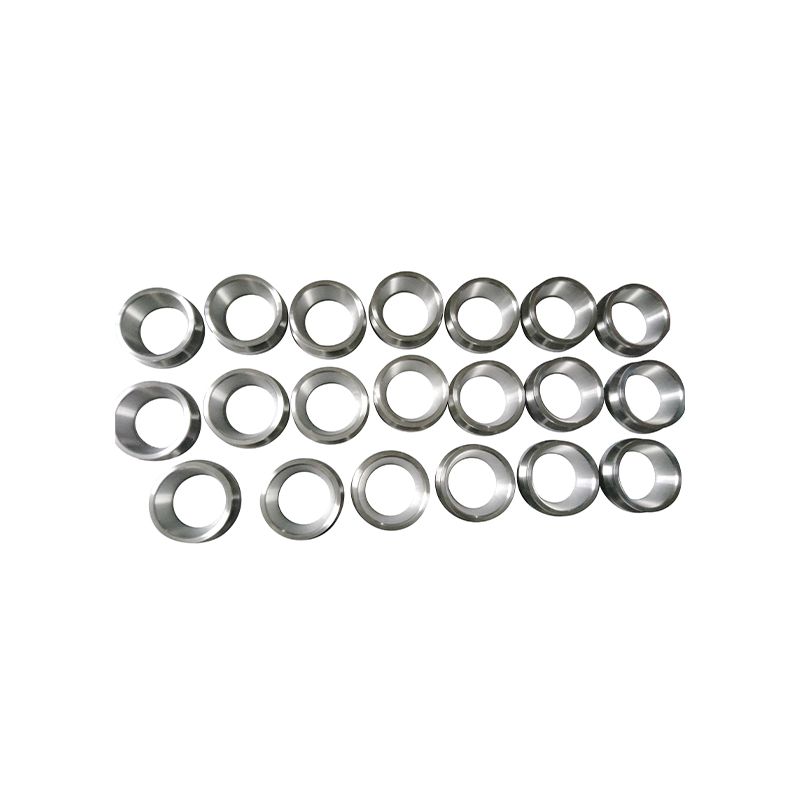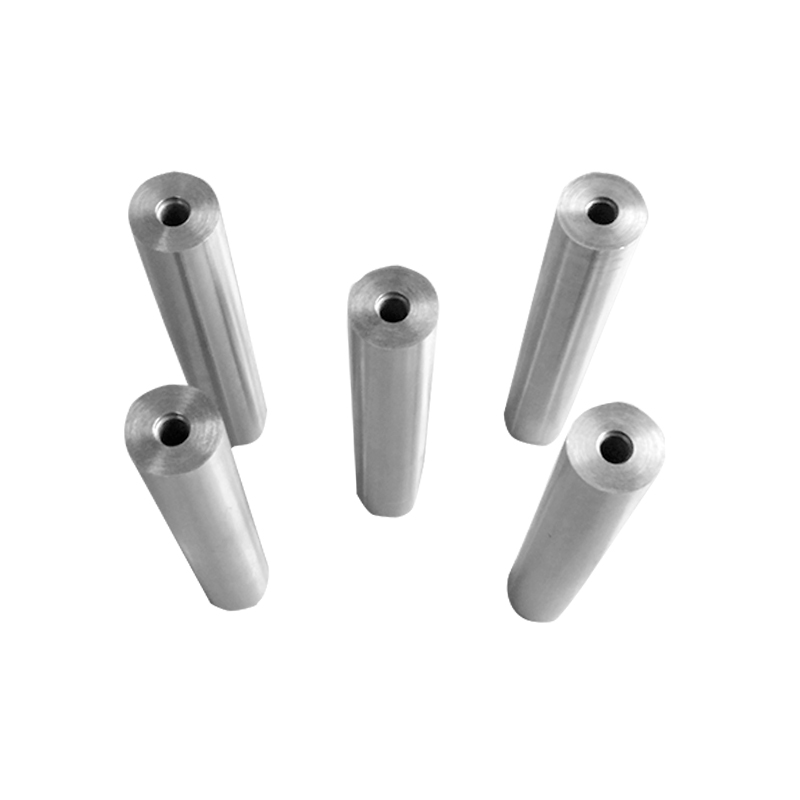In the world of advanced engineering materials, molybdenum plate stands out as a critical component across multiple industries — from aerospace and electronics to energy production and chemical processing. Known for its exceptional strength, high melting point, and excellent corrosion resistance, molybdenum plate offers properties that few metals can match. This article will explore what molybdenum plate is, how it is made, its key properties, applications, and why it remains an irreplaceable material in highperformance environments.
What Is Molybdenum Plate?
Molybdenum plate is a flat, rolled product made from pure molybdenum or molybdenum alloys. The plates are produced in various thicknesses and sizes, depending on their intended use. They are valued for their ability to withstand extreme heat, resist wear and corrosion, and maintain structural integrity under heavy loads.
Production Process of Molybdenum Plate
1. Raw Material Selection
The process begins with highpurity molybdenum powder, usually obtained from molybdenite ore (MoS₂).
2. Powder Metallurgy (PM) Method
Molybdenum plates are typically made using the powder metallurgy process, which involves:
Pressing: The powder is pressed into slabs using highpressure equipment.
Sintering: The slabs are sintered at temperatures above 2000°C in a controlled atmosphere to bond the particles together.

3. Rolling and Annealing
The sintered slabs are hotrolled or coldrolled into plates of the desired thickness. Annealing between rolling steps ensures better ductility and removes internal stresses.
4. Surface Treatment
Plates may be cleaned, ground, or polished to meet specific surface quality requirements.
Key Properties of Molybdenum Plate
1. High Melting Point
Molybdenum’s melting point is 2623°C (4753°F), making it ideal for hightemperature applications where other metals would fail.
2. Exceptional Strength at High Temperatures
Unlike many metals that lose strength at elevated temperatures, molybdenum maintains its mechanical stability even under extreme heat.
3. Excellent Thermal Conductivity
Molybdenum efficiently transfers heat, which is vital in applications like heat exchangers and furnace components.
4. Low Thermal Expansion
Its low coefficient of thermal expansion reduces the risk of deformation in applications involving rapid temperature changes.
5. Corrosion and Wear Resistance
Molybdenum exhibits excellent resistance to chemical attack, particularly from molten metals and aggressive chemical environments.
6. High Electrical Conductivity
This property makes molybdenum useful in electrical contacts and semiconductor manufacturing.
Grades and Standards
Molybdenum plates are produced in various grades to meet international standards, such as:
Pure Molybdenum Plate (≥99.95% Mo) – Best for general applications requiring high purity.
TZM Alloy Plate – TitaniumZirconiumMolybdenum alloy with higher creep resistance.
MoLa Alloy Plate – Lanthanumdoped molybdenum for improved ductility and machinability.
Common standards include ASTM B386 and ISO 4285.
Applications of Molybdenum Plate
1. HighTemperature Furnaces
Molybdenum plates are widely used for furnace components such as heat shields, hearth plates, and structural supports due to their ability to withstand extreme heat without warping.
2. Aerospace and Defense
In aerospace, molybdenum plate is used for highstrength structural components, missile parts, and rocket nozzles, where thermal resistance and durability are critical.
3. Electronics Industry
Molybdenum plates serve as semiconductor heat sinks, sputtering targets, and backing plates for thinfilm deposition.
4. Energy Sector
Used in nuclear power plants and energy equipment for its radiation resistance and ability to operate in hightemperature, corrosive environments.
5. Glass Manufacturing
In glass melting furnaces, molybdenum plate components resist corrosion from molten glass and maintain dimensional stability.
6. Chemical Processing
Plates are used in chemical reactors, heat exchangers, and equipment handling aggressive chemicals.
Advantages Over Other Materials
| Property | Molybdenum Plate | Stainless Steel | Tungsten Plate |
| Melting Point | Very High (2623°C) | Moderate (~1400°C) | Extremely High (3422°C) |
| Density | Lower (10.2 g/cm³) | Higher (~8 g/cm³) | Higher (19.3 g/cm³) |
| Machinability | Good | Excellent | More difficult |
| Cost | Moderate-High | Low | High |
| Thermal Expansion | Low | Higher | Low |
Molybdenum often provides the best balance between hightemperature performance, density, and cost compared to tungsten and other refractory metals.
Challenges and Considerations
1. Cost
Molybdenum plates are more expensive than common metals like steel or aluminum, making them suitable mainly for specialized applications.
2. Machining Requirements
While machinable, molybdenum requires careful handling to avoid cracking, especially in thin plates.
3. Oxidation at High Temperatures
Above 600°C in air, molybdenum oxidizes rapidly. Protective atmospheres or coatings are required in such cases.
Future Trends in Molybdenum Plate Use
1. Advanced Energy Technologies
With the growth of nuclear fusion and renewable energy systems, molybdenum plates will find more roles in heat management and radiation shielding.
2. Semiconductor Miniaturization
As chips become smaller and heat management more challenging, molybdenum’s thermal conductivity will be increasingly valuable.
3. Aerospace Innovations
Lightweight, heatresistant molybdenum alloys may replace heavier refractory metals in nextgeneration aircraft and spacecraft.
4. Green Manufacturing
Improved recycling techniques will make molybdenum plate production more sustainable, lowering costs and environmental impact.
Conclusion
Molybdenum plate is an indispensable material for industries demanding extreme heat resistance, mechanical strength, and corrosion protection. From rocket engines to semiconductor fabrication, its unique combination of properties ensures performance where other metals fail.
While the initial cost can be higher than common alloys, the longevity, reliability, and performance benefits make molybdenum plate a costeffective choice for critical applications. As technology pushes the limits of temperature, pressure, and durability, molybdenum plate will remain a cornerstone of highperformance industrial engineering.












